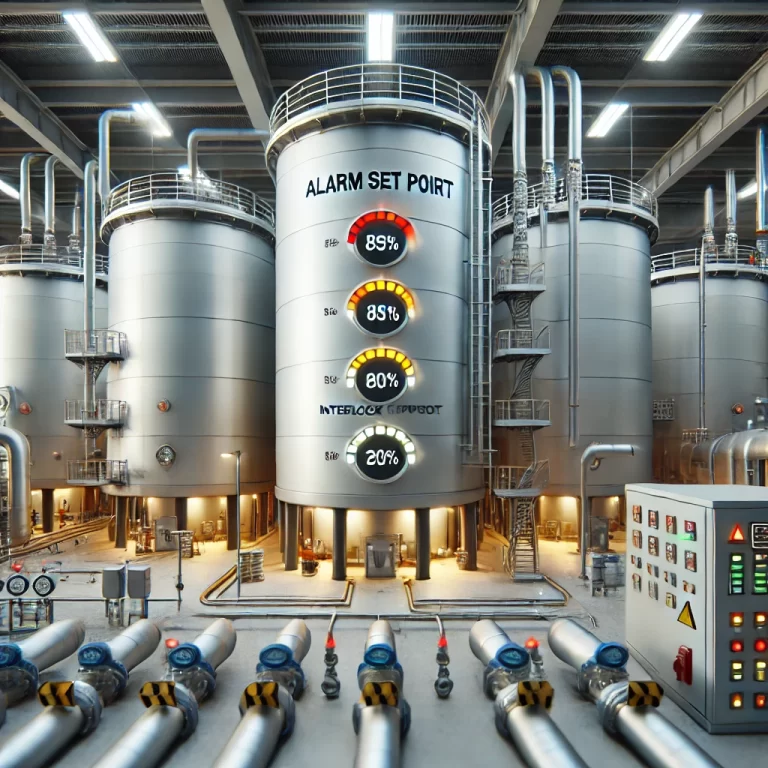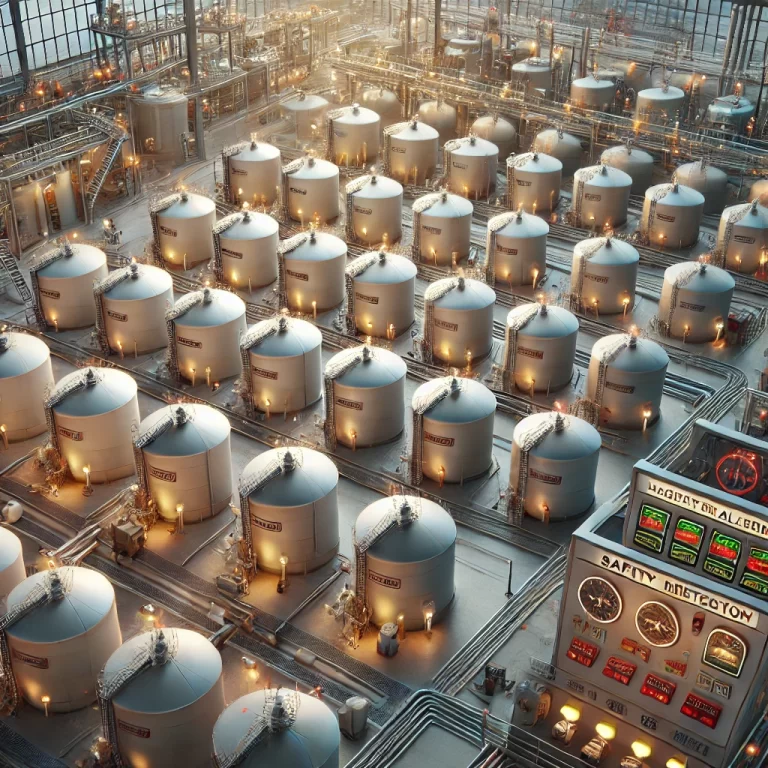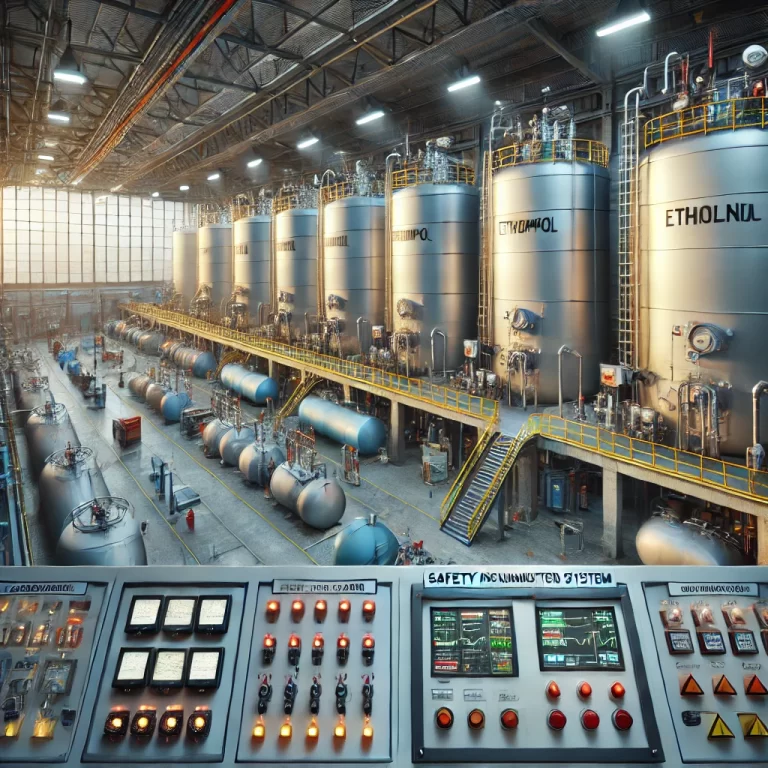Liquid Natural Gas (LNG) storage tanks are critical infrastructure in the energy industry, designed to safely store LNG at extremely low temperatures. To ensure the safe and efficient operation of these tanks, accurate and reliable liquid level measurement systems are essential. Proper liquid level monitoring prevents overfilling, detects leaks, and ensures operational efficiency. This article discusses the standard practices for the number and types of liquid level gauges required in LNG storage tanks.

Standard Requirements for LNG Tank Level Measurement
Typically, LNG storage tanks are equipped with two to three liquid level gauges to ensure redundancy, operational accuracy, and safety. The specific configurations generally include the following:
Primary Operating Level Gauge:
This gauge continuously monitors the liquid level in the tank for operational purposes.
It provides real-time data to operators to manage the filling and withdrawal of LNG.
Common technologies used include radar, servo, or float-type level measurement devices.
Independent High-Level Alarm Gauge:
This device is independent of the primary gauge and serves as a safety mechanism.
It activates alarms when the LNG reaches a preset high level, preventing overfilling.
This gauge is typically designed to trigger automated safety responses such as shutting off filling operations.
Backup or Redundant Level Gauge (Optional):
In high-risk environments, a third gauge may be installed as a backup.
This gauge operates independently to provide additional security in case of failure of the primary or high-level alarm gauges.

Technological Solutions for Level Measurement
Several technologies are used for LNG level measurement, each with its advantages:
Radar Level Measurement:
Utilizes microwave signals to accurately measure liquid levels.
Provides non-contact, continuous measurement, making it suitable for cryogenic conditions.
Servo Level Measurement:
Employs a displacer suspended by a wire, offering precise readings.
Often combined with density and temperature measurements.
Float-Type Level Gauges:
Traditional method using buoyant floats to track liquid levels.
Simple and reliable but less precise compared to modern methods.
Compliance with Safety Standards
The design and installation of LNG storage tank level measurement systems must comply with international and national safety standards to mitigate risks associated with LNG storage. Relevant standards include:
API 625: Tank systems for refrigerated liquefied gas storage.
NFPA 59A: Standard for the production, storage, and handling of LNG.
GB 50177-2005: Chinese standard for natural gas liquefaction plant design.
SY/T 6312-2017: Design code for LNG storage tank engineering in China.

Conclusion
Accurate and reliable level measurement in LNG storage tanks is vital for safe and efficient operations. By employing at least two independent level gauges—a primary operating gauge and a high-level alarm—and optionally a backup gauge, LNG facilities can ensure operational safety and regulatory compliance. Continuous advancements in measurement technologies, such as radar and servo systems, further enhance safety and reliability in LNG storage and handling.
